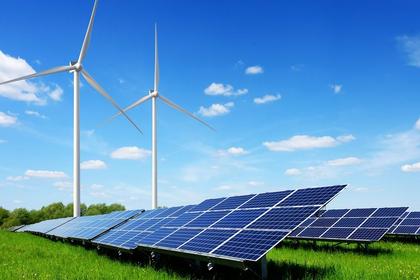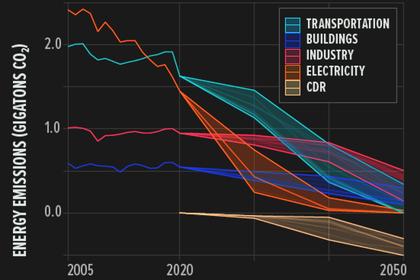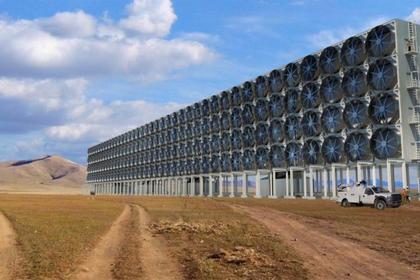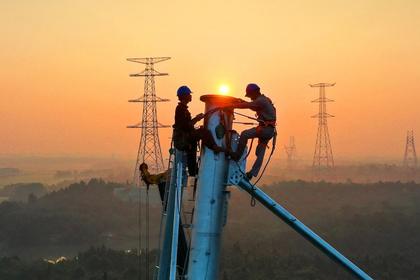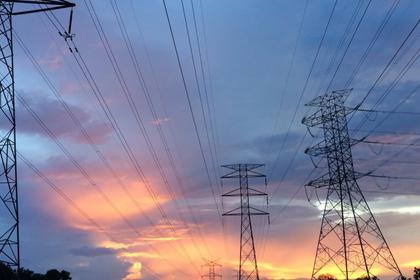
U.S. COAL GENERATION PROBLEM
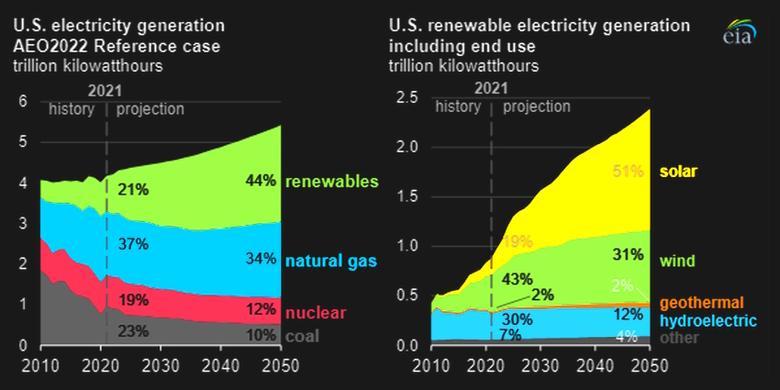
By ED REID Vice President, Marketing (Retired) / Executive Director (Retired) / President (Retired), Columbia Gas Distribution Companies / American Gas Cooling Center / Fire to Ice, Inc.
ENERGYCENTRAL - Feb 21, 2023 - The US currently has approximately 1,250GW of electric generating capacity. Approximately 200GW of that capacity is coal generating capacity, of which approximately 50GW is scheduled to be retired through 2029. The remaining approximately 150GW is currently scheduled to be retired between 2030 and 2048. However, the Biden Administration has “committed” to ending coal generation in the US by 2030, which could force closure of approximately 150GW of dispatchable generating capacity before the end of its useful life.
US peak electricity demand is approximately 725GW, or approximately 60% of total generating capacity. However, approximately 200GW of the total generating capacity is comprised of wind and solar generation, which is not dispatchable, has a capacity factor of approximately 30% and requires 100% backup to assure adequate capacity on peak. Current coal generating capacity is essentially equal to the 100% backup required by the current wind and solar generation. However, all of that coal generating capacity would be out of service by 2030 if the Administration is to meet its “commitment”.
Replacing current coal generating capacity with wind and solar by 2030 would require installation of approximately 650GW of wind and solar nameplate generating capacity, plus the storage capacity necessary to backup that generation during periods of low/no wind and/or solar availability. However, storage capable of providing backup for more than 4 hours is not currently available and might not be available by 2030.
The retirement of 200GW of coal generation and the commissioning of 650GW of wind and solar generation would result in a grid with total nameplate generating capacity of approximately 1,700GW (1,250 – 200 + 650), of which only 50% would be dispatchable, essentially matching the capacity of the wind and solar generation requiring backup in the absence of appropriate electricity storage. That would leave no capacity margin on peak compared to the typical 20% capacity margin currently maintained by the electric utility industry. This situation could easily lead to increased grid instability and the likelihood of rolling blackouts to prevent grid collapse.
The early retirement of approximately 150GW of coal generating facilities creates another issue for the plant owners, most of which are electric utilities. Assuming typical electric utility 40-year straight line depreciation of assets, average original plant cost of $1 billion per GW and average 10-year premature retirement, generating assets with a remaining book value of approximately $35-40 billion would be stranded. It is uncertain how the federal government, which is forcing the premature retirements, and the various state utility commissions would deal with the financial impact of these stranded assets on the plant owners.
Beyond 2030, the availability of adequate long-duration electricity storage capacity becomes critical. Wind and solar generation continue to increase while the Administration “commitment” forces closure of approximately 550GW of dispatchable natural gas generation capacity over the following 5 years, leaving only approximately 250GW of nuclear, hydro, geothermal and biomass generation as dispatchable backup. Clearly, the Administration “commitment” can not result in a reliable grid without massive, long-duration storage.
The above scenario assumes no load growth over the period, though population growth and the Administration push for “all-electric everything” would certainly cause load growth.
-----
Earlier:
